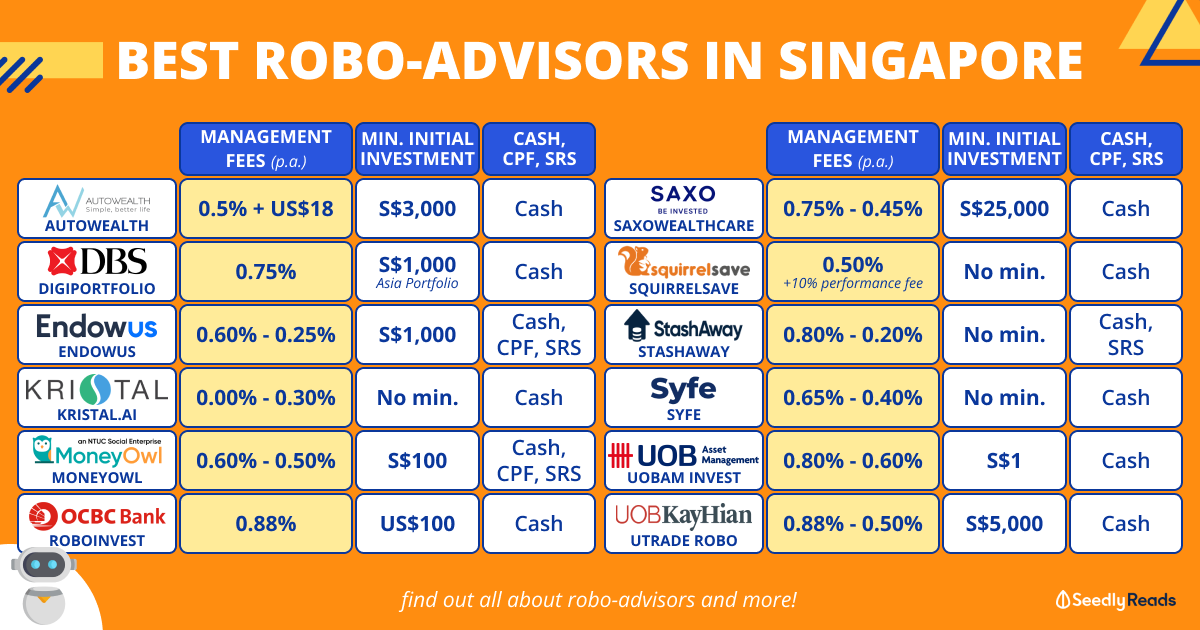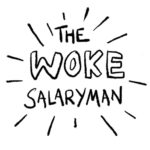Hi Kaiyang, thanks for your question and allow me to elaborate further on how Syfe helps investors manage their portfolio risk. If my years as a portfolio and ETF trader at UBS have taught me one thing, is that returns cannot be predicted, but risk can be managed.
Hence at Syfe, we use percentages (e.g. 17% Downside Risk) to label our different portfolios rather than describe them with vague terms such as “conservative” or “aggressive”. This is so investors know right from the start, the level of risk they are taking on.
The point to note is that this is not an amount you will lose, but rather we endeavour to define a possible loss level with a 97.5% probability. In other words, a 17% Downside Risk portfolio means that in the next 39 out of 40 years, the portfolio should not lose more than 17% of its value in a given year. In the event where the portfolio threatens to exceed this potential risk of loss, such as during a recession, your portfolio is automatically rebalanced to ensure your portfolio risk remains within your chosen downside risk level. This gives you better risk-adjusted returns, no matter what market conditions may be.
You may read more about our Automated Risk-managed Investments (ARI) methodology here. A quick example of how ARI works is this. During periods where higher market volatility has been forecasted, ARI will adjust your portfolio allocation and reduce your exposure to higher-risk asset classes. This ensures your portfolio risk stays aligned to your desired risk level. Conversely, during periods of market calm, ARI will adjust your portfolio allocation to allocate more to higher-risk assets, so your overall portfolio risk is kept in line with your desired risk exposure, but you can capture the market upside as well.
And while past performance is not a guarantee of future results, you can try out our portfolio forecast to estimate your returns. First, complete Syfe’s risk assessment. Based on the Downside Risk you’ve selected, you can change your inputs for your lump sum investment / monthly investment amounts and timeframe to forecast how much your portfolio can grow to. If you have more questions, please feel free to drop us a email at [email protected].














Hi Kaiyang, thanks for your question and allow me to elaborate further on how Syfe helps investors manage their portfolio risk. If my years as a portfolio and ETF trader at UBS have taught me one thing, is that returns cannot be predicted, but risk can be managed.
Hence at Syfe, we use percentages (e.g. 17% Downside Risk) to label our different portfolios rather than describe them with vague terms such as “conservative” or “aggressive”. This is so investors know right from the start, the level of risk they are taking on.
The point to note is that this is not an amount you will lose, but rather we endeavour to define a possible loss level with a 97.5% probability. In other words, a 17% Downside Risk portfolio means that in the next 39 out of 40 years, the portfolio should not lose more than 17% of its value in a given year. In the event where the portfolio threatens to exceed this potential risk of loss, such as during a recession, your portfolio is automatically rebalanced to ensure your portfolio risk remains within your chosen downside risk level. This gives you better risk-adjusted returns, no matter what market conditions may be.
You may read more about our Automated Risk-managed Investments (ARI) methodology here. A quick example of how ARI works is this. During periods where higher market volatility has been forecasted, ARI will adjust your portfolio allocation and reduce your exposure to higher-risk asset classes. This ensures your portfolio risk stays aligned to your desired risk level. Conversely, during periods of market calm, ARI will adjust your portfolio allocation to allocate more to higher-risk assets, so your overall portfolio risk is kept in line with your desired risk exposure, but you can capture the market upside as well.
And while past performance is not a guarantee of future results, you can try out our portfolio forecast to estimate your returns. First, complete Syfe’s risk assessment. Based on the Downside Risk you’ve selected, you can change your inputs for your lump sum investment / monthly investment amounts and timeframe to forecast how much your portfolio can grow to. If you have more questions, please feel free to drop us a email at [email protected].